Every customer leaves a pattern. We help you interpret it — and act with empathy.
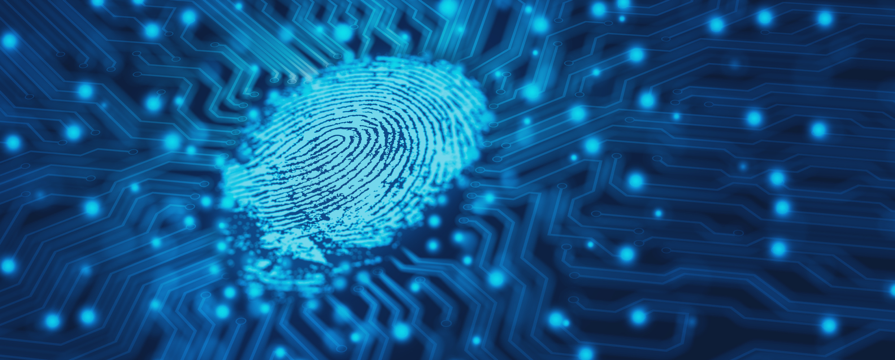

Every customer leaves a pattern. We help you interpret it — and act with empathy.

Article 4, The real power of AI lies in proving it works, week after week.

Article 3, It’s the conversation no one in AI really wants to have.

Article 2, Define success first — that’s how AI delivers outcomes

Article 1, from hype to proof: How to make AI deliver measurable ROI in the real world
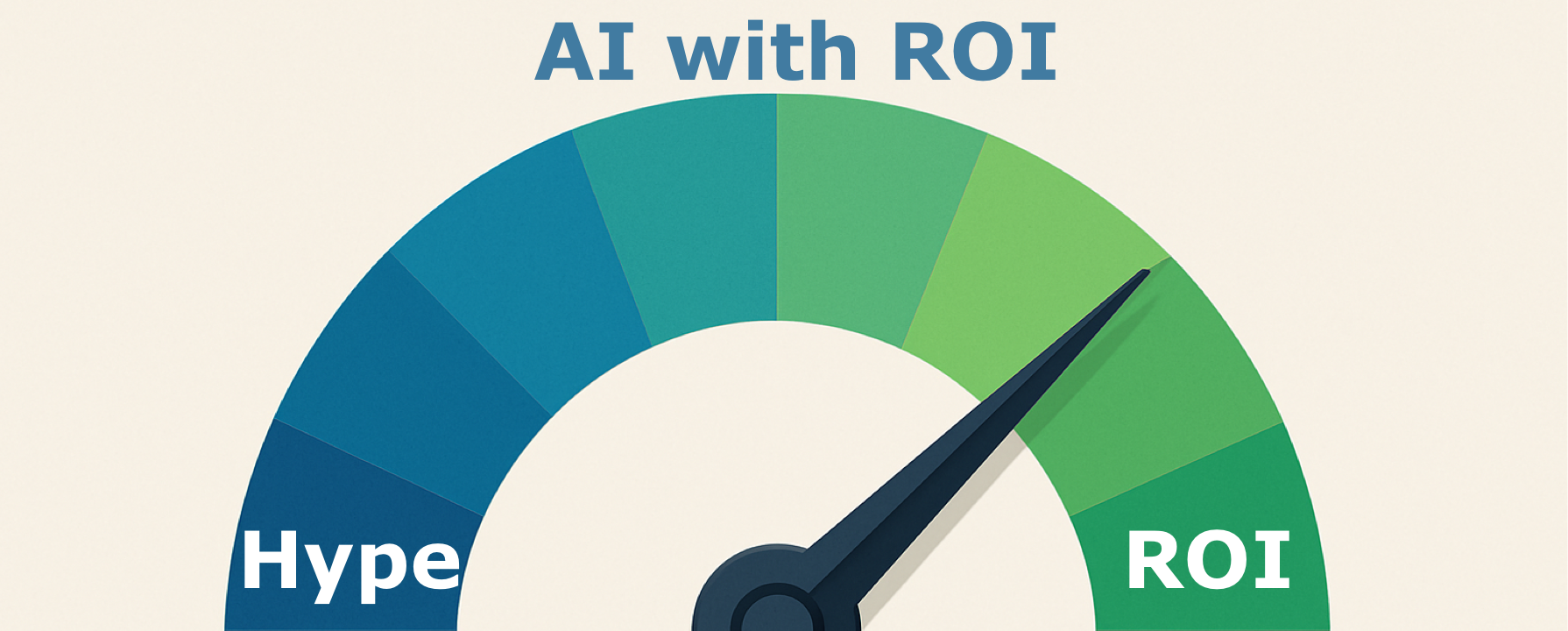
From hype to proof: how to make AI deliver measurable ROI in the real world

The earliest signs of debt aren’t financial at all — they’re behavioural

From messy AI projects to measurable impact.

It’s not just about comms, it’s about context

Improve Financial Results & Strengthen Customer Relationships

The tools we rely on? They’re firing too late to make a real difference.

Discover how to identify struggling households early, reducing debt and enhancing customer outcomes.
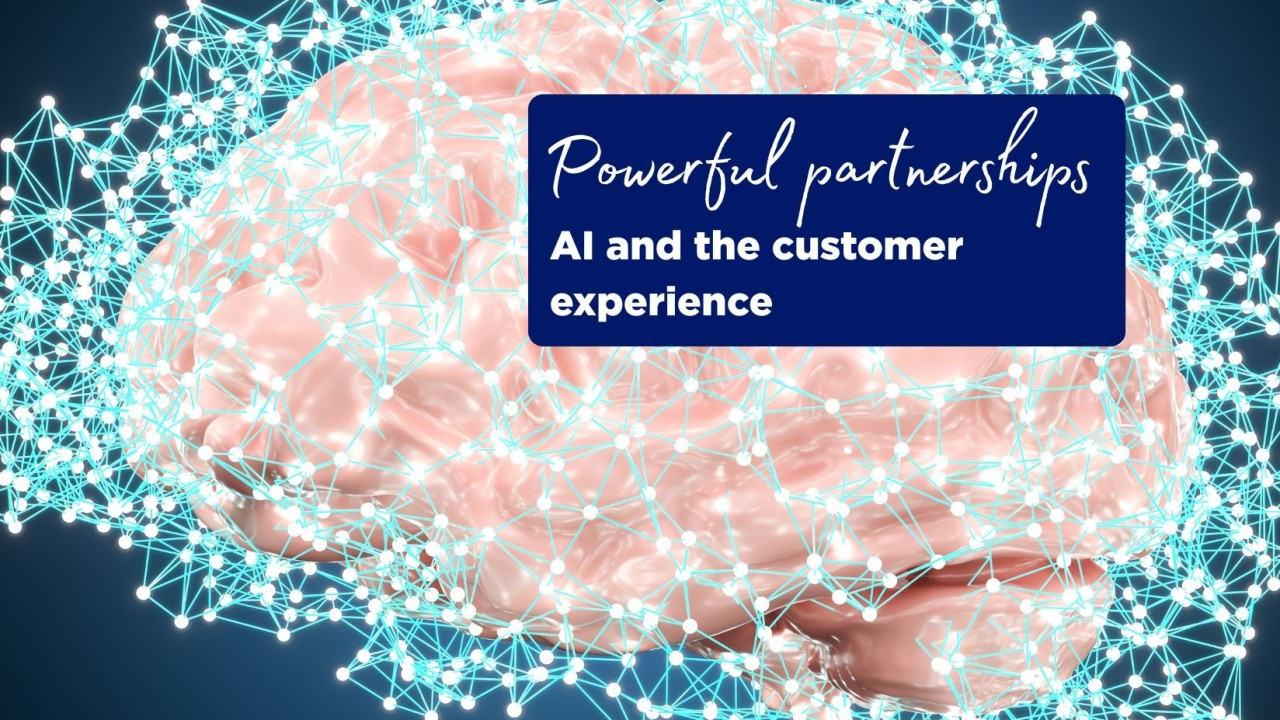
AI now shapes, not just predicts, customer behaviour and outcomes

Customer Churn Reduction: Your Hidden Growth Strategy

It was inspiring to see such a strong focus on supporting vulnerable customers and driving meaningful change.

AI is creating a buzz across industries, and its potential for retail energy providers (REPs) is immense.

EMC21 is the largest Retail Energy Conference in North America. The theme for March 2024 is Mitigating Risk in Retail Energy.

There is a “golden window” of opportunity to identify potential future debt early and step in to help before emotions become heated.

Early intervention delivers a win-win for the energy retailer and the customer.
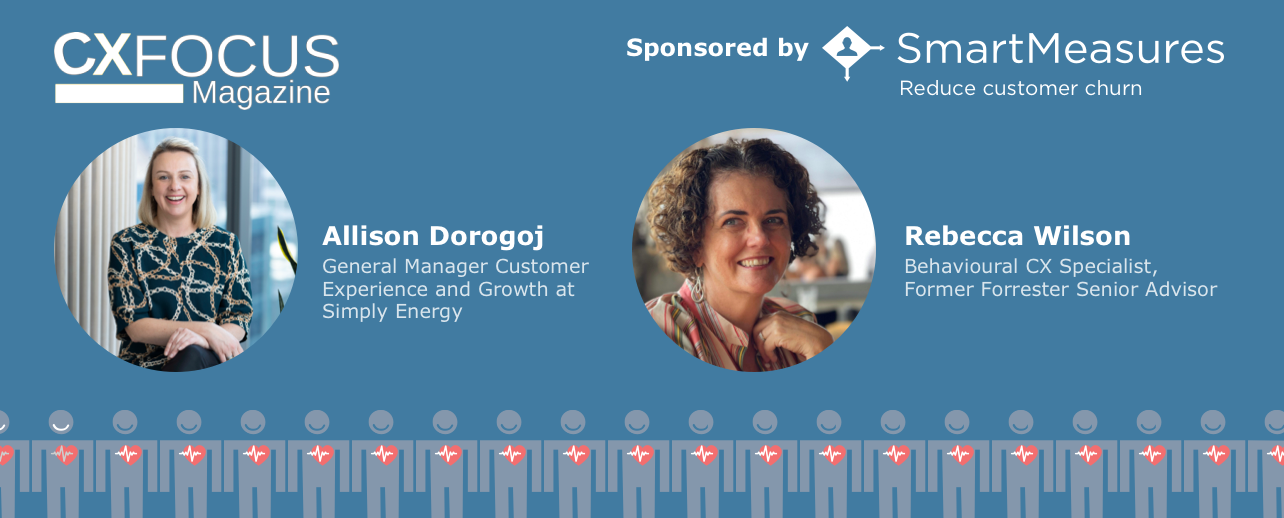
Are you looking to take your CX and marketing strategies to the next level?
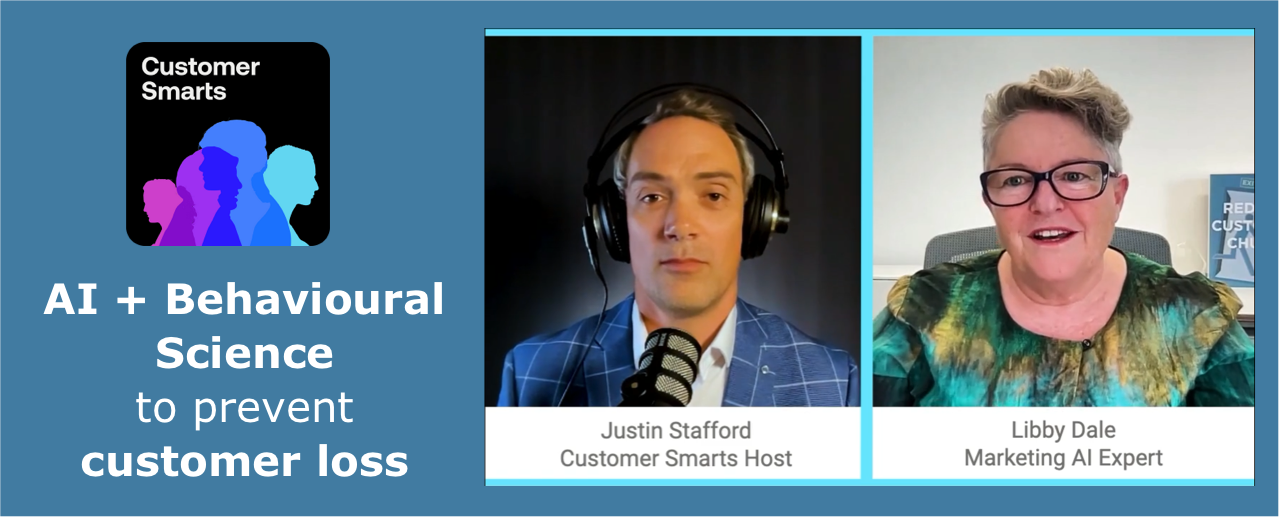
Read the Top 7 insights from Customer Smarts podcaster Justin Stafford’s interview with SmartMeasures cofounder.
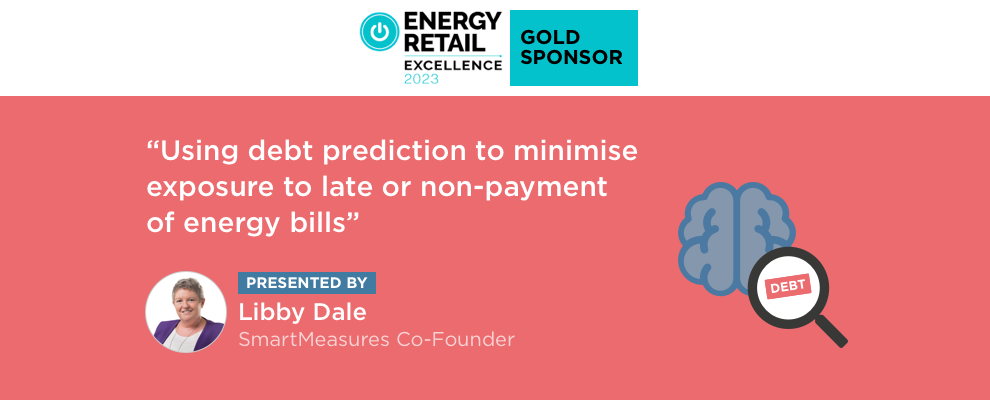
SmartMeasures helps energy retailers reach out to assist consumers who are having difficulty with energy bills.
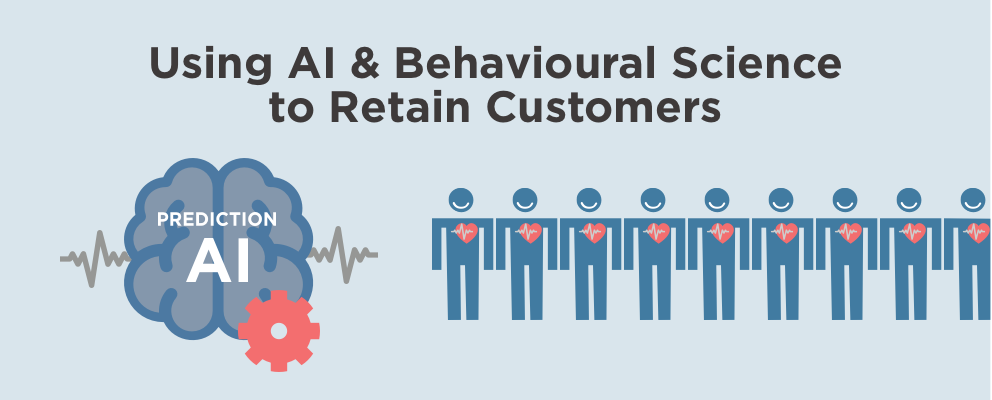
AI powered by customer data and behavioural science helps you retain customers.
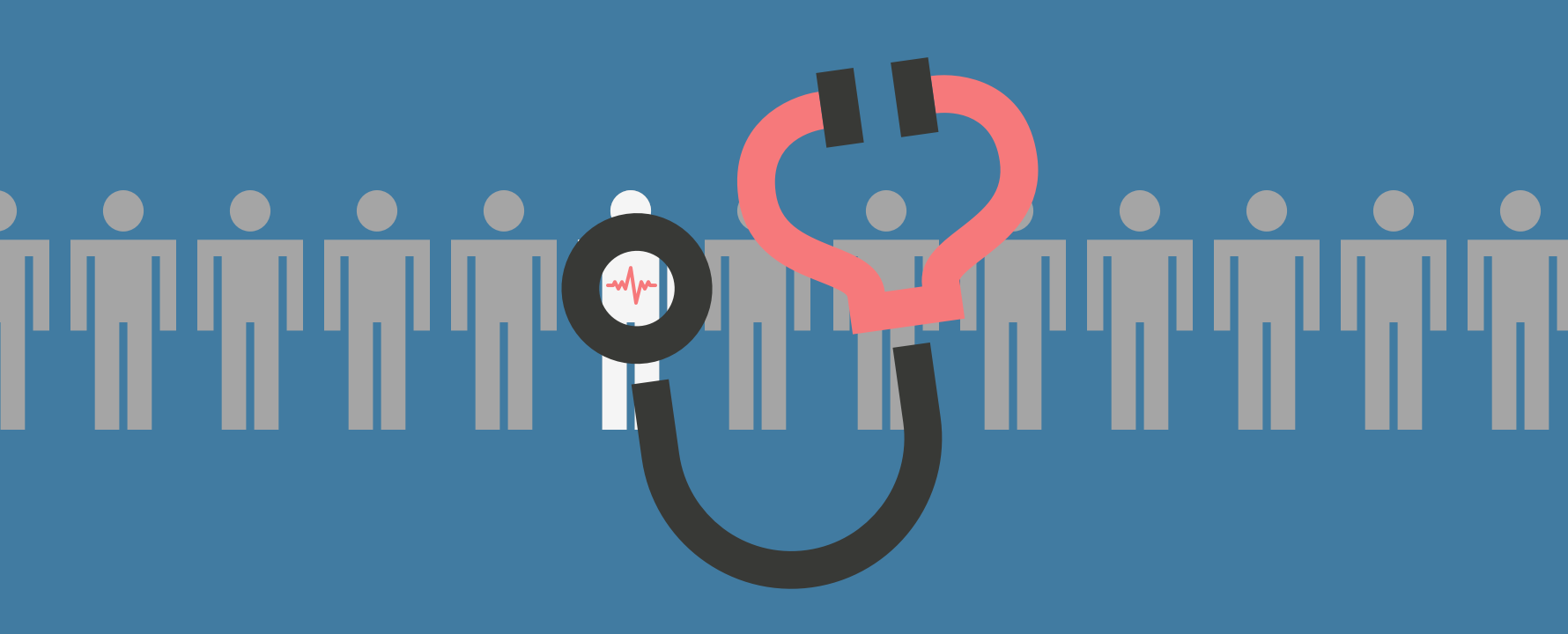
Are your CX metrics predicting actual retention behaviours to drive your retention strategy, or ‘aspirational’ indicators likely missing the mark?
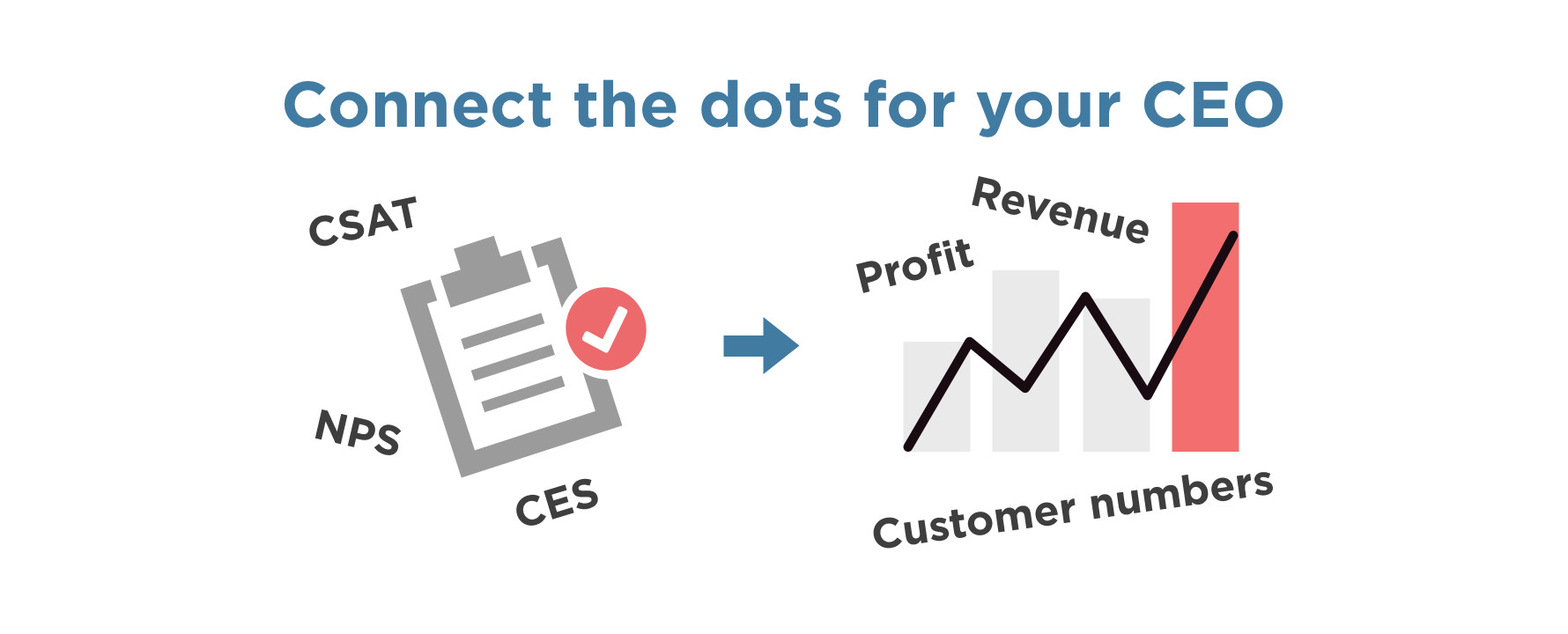
CX executives use traditional metrics to report the performance of marketing initiatives — but are these the numbers the CEO wants?
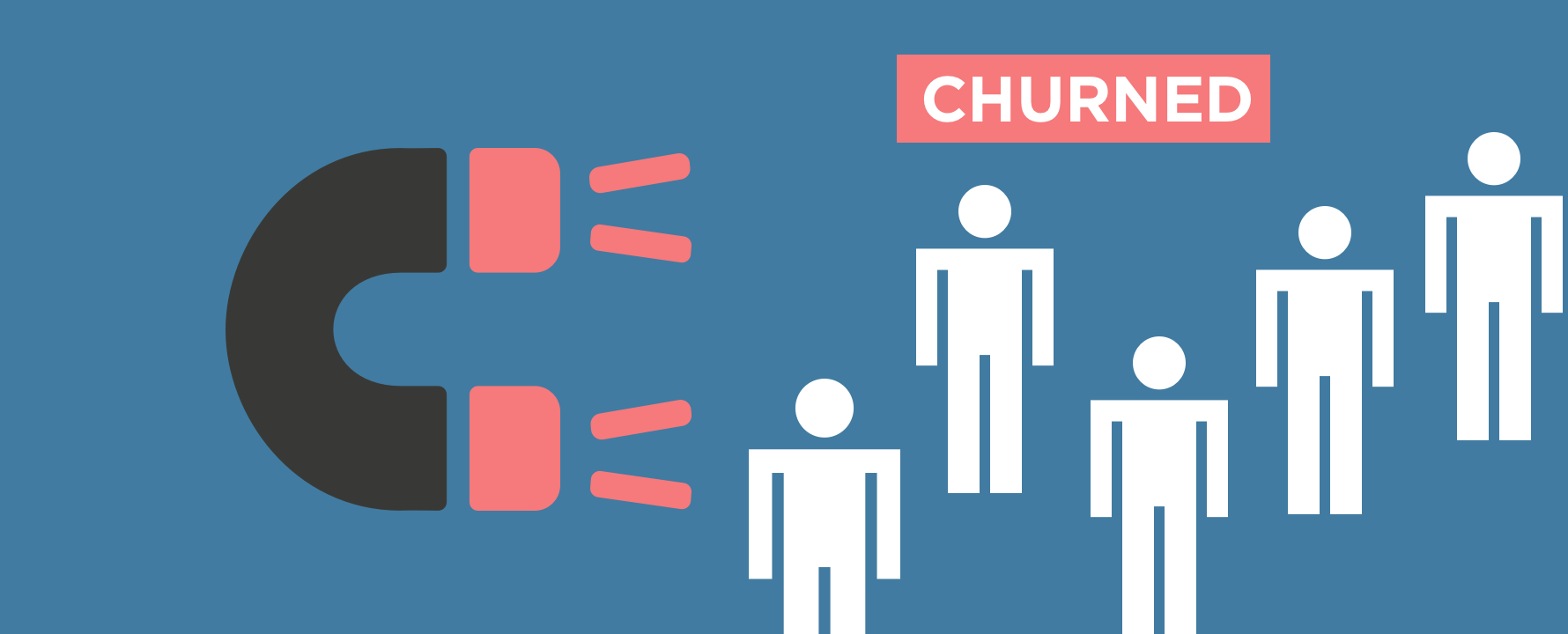
When there is high churn, a lot of effort is spent winning lost customers back, but is that the right approach?
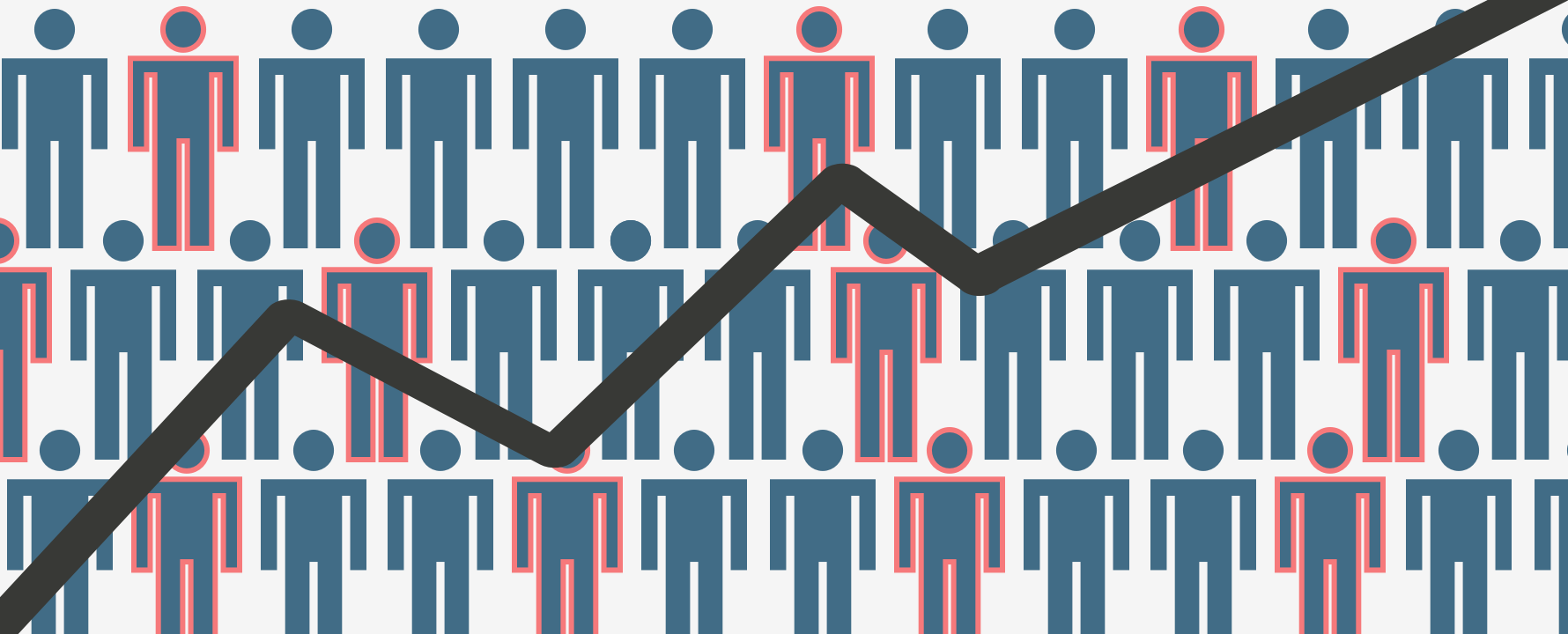
The average customer doesn’t exist. Learn how to use prediction to improve the ROI on your retention activity.
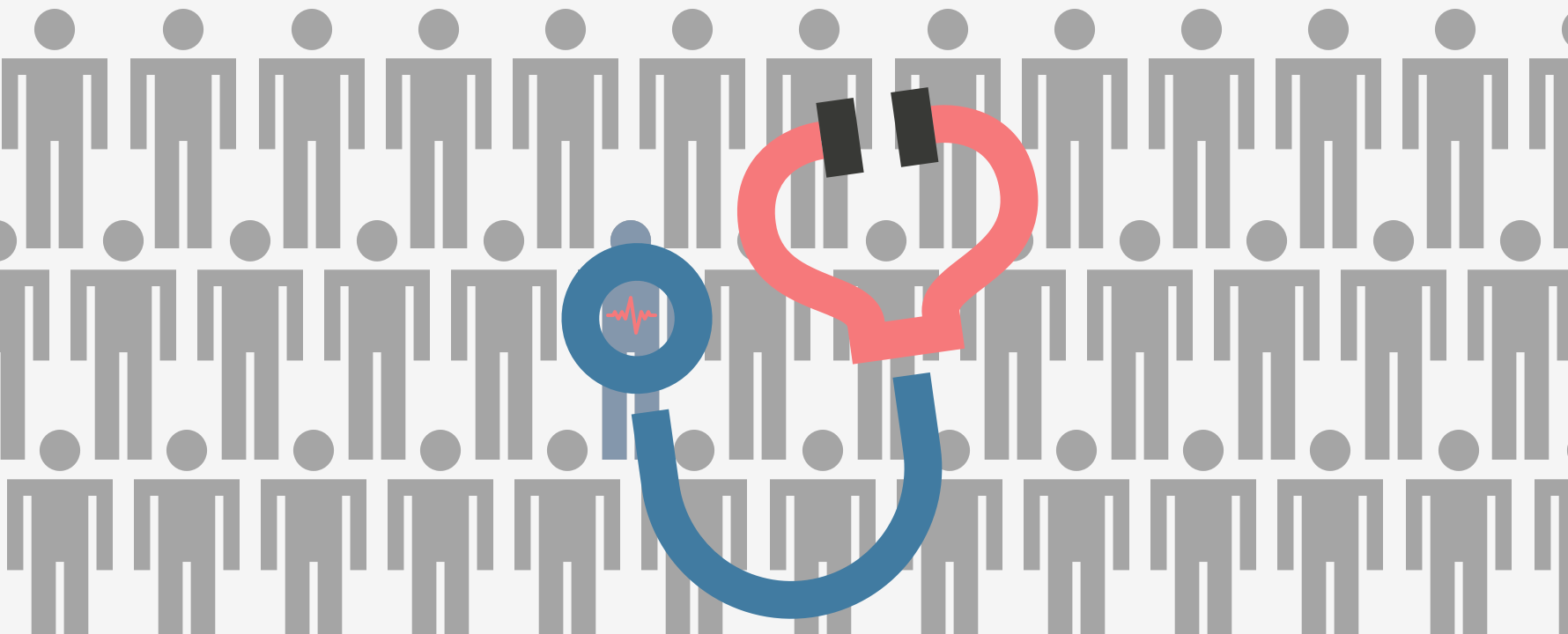
Happy customers make a business thrive, unhappy customers can bring down a business. It’s critical to understand your customers’ health.
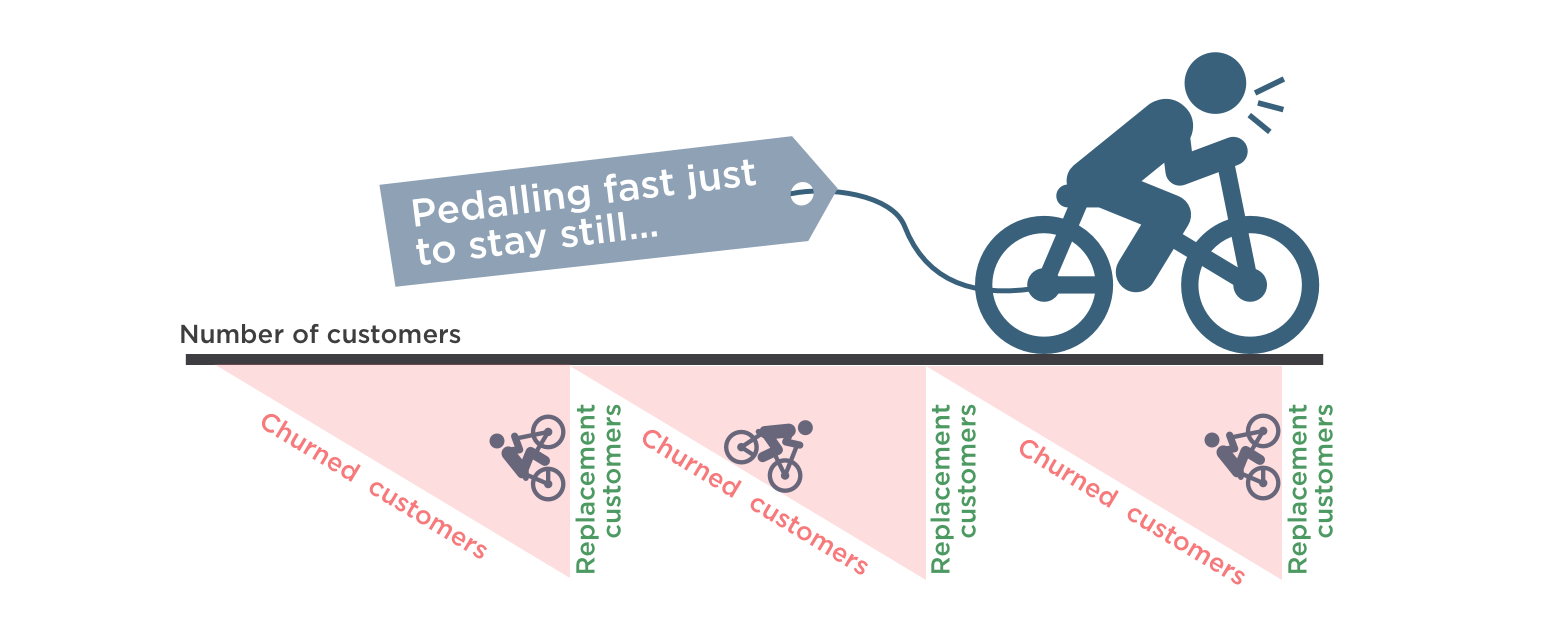
Customer retention is the best strategy to deliver business growth and it’s lower cost focusing purely on customer acquisition strategies.

Hear the story behind SmartMeasures from the founders
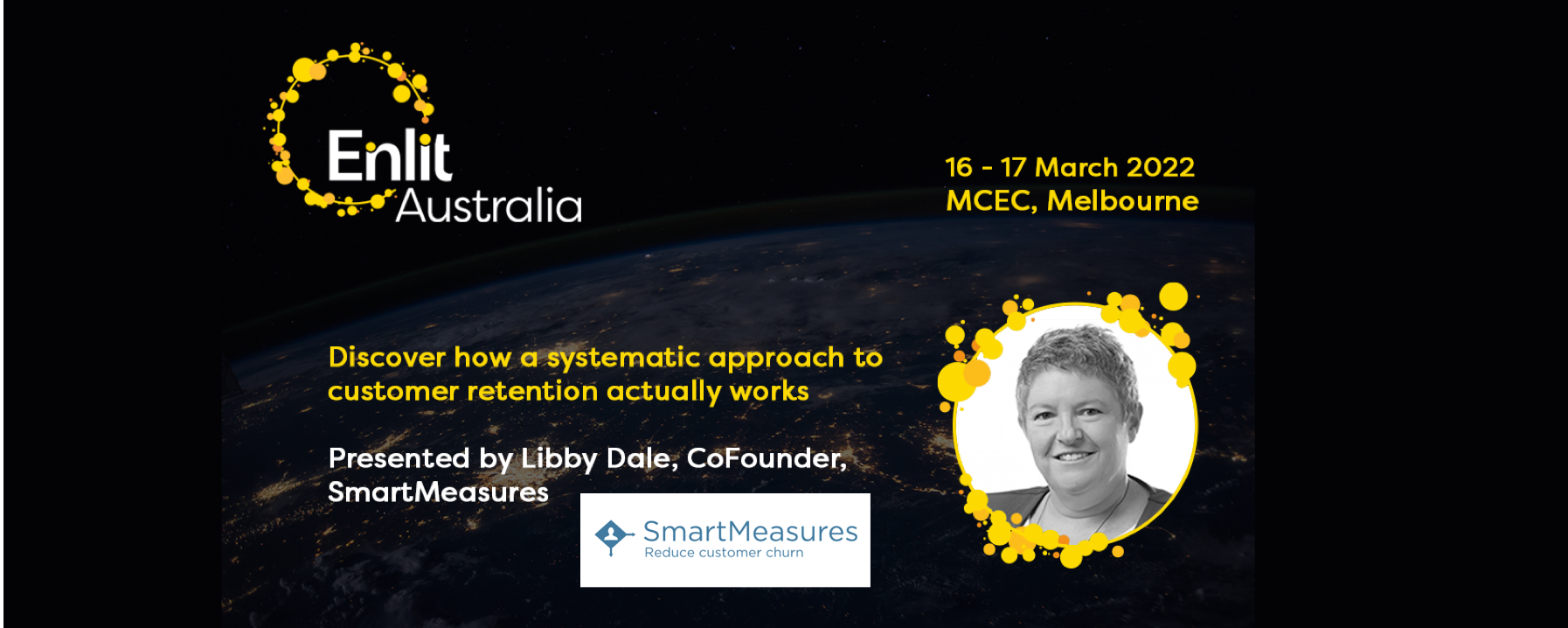
Discover how you can implement your own solution to retain customers at Enlit Melbourne 16-17 March
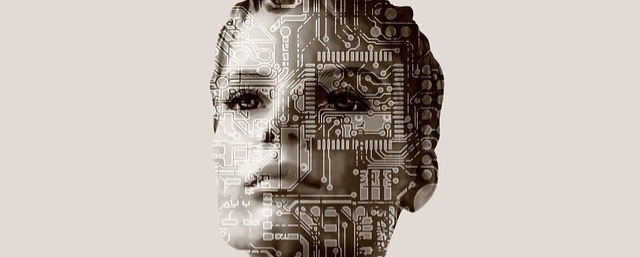
In developing AI applications, objectives and intentions must be well communicated to the business and to users to earn trust.

Energy retailers who provide proactive customer experience can greatly improve customer retention rates.

To grow their business energy retailers need to be able to retain their existing customers.

Retail energy providers collect and store a tremendous amount of data about their customers.
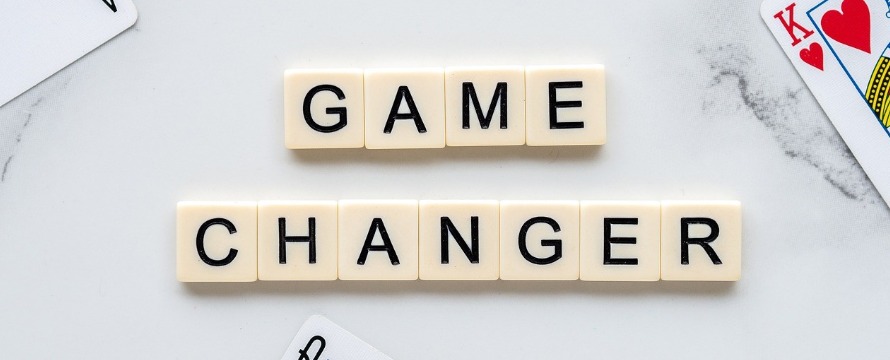
Energy retailers need to change their game if they are to maintain profitability and grow their business.
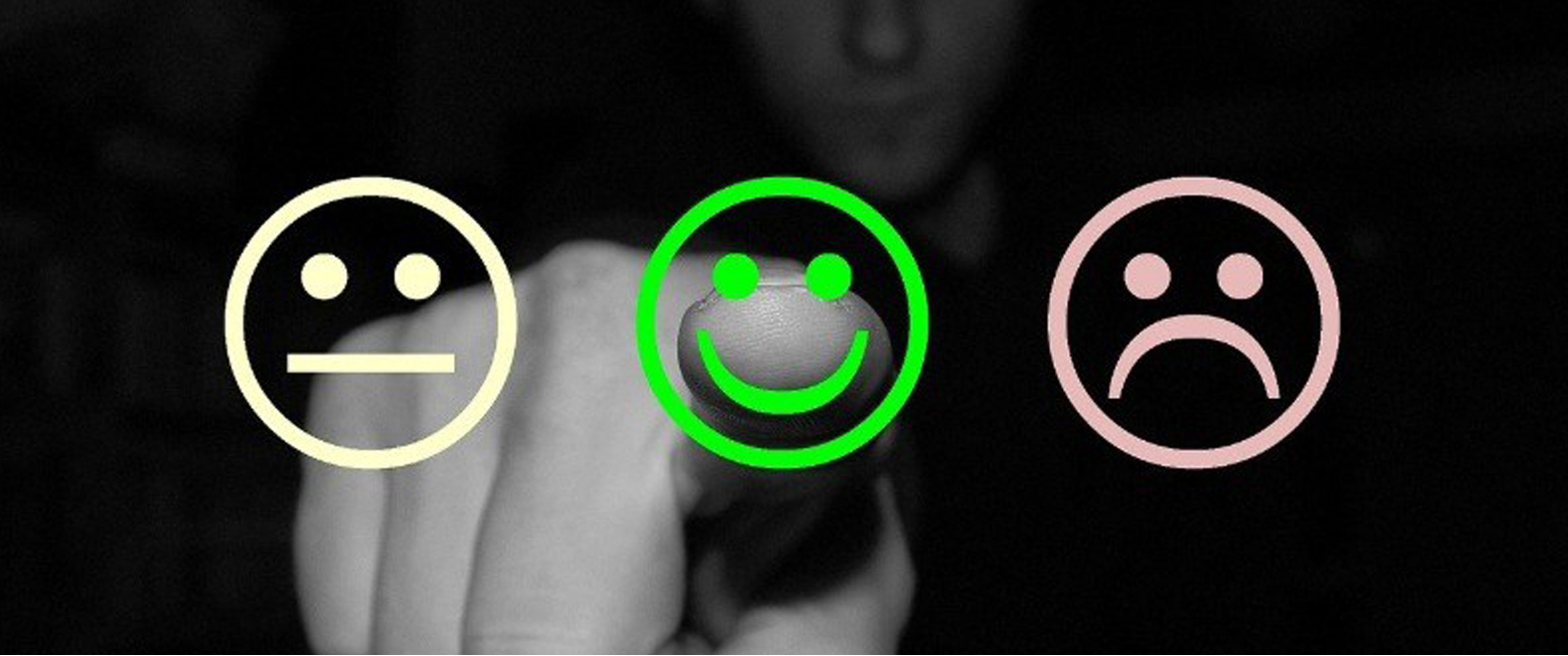
Surveys only capture customer sentiment at a point in time and NPS doesn’t help you improve!

Focus on the money – the most important CX metric according to Forrester!

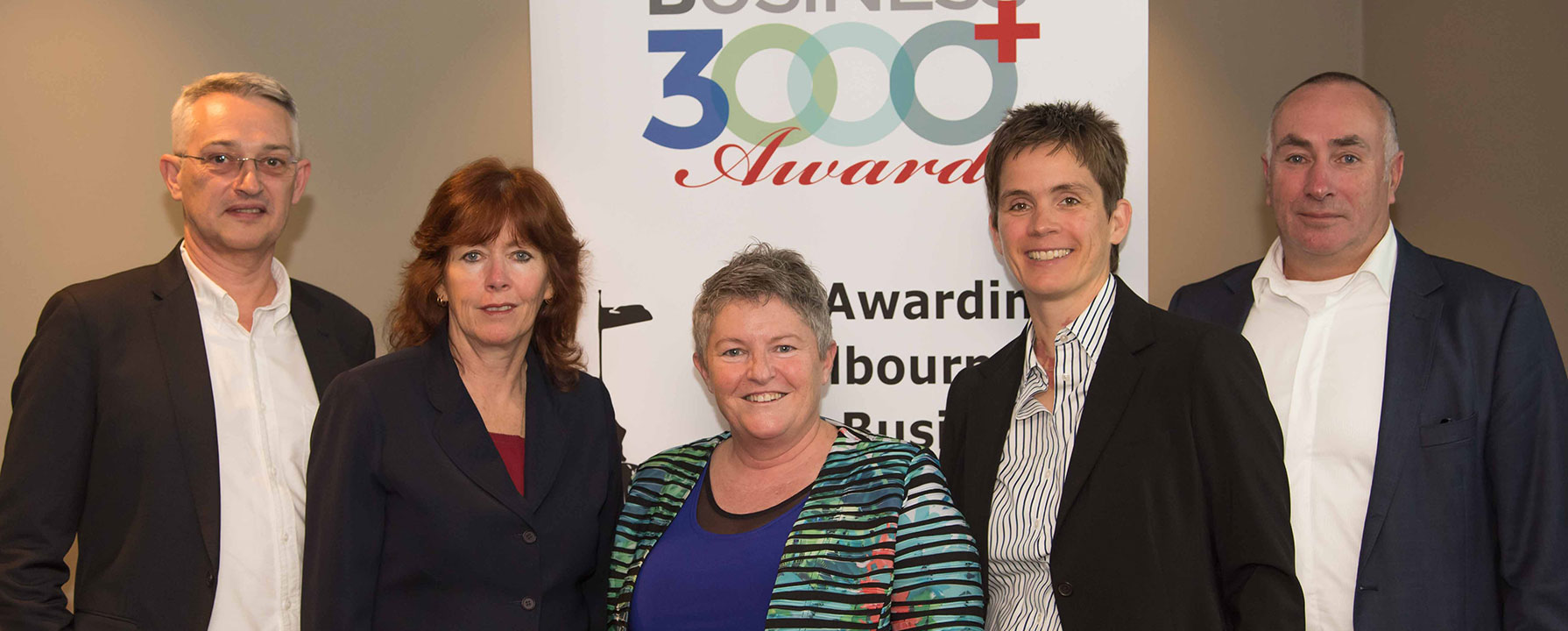
On Thursday night SmartMeasures as the 2018 B3000 Overall Business of the Year winners, were thrilled to pass the 2019 Award to Jarrod Briffa at Kinfolk. Not only did Kinfolk take out the Overall Business of the Year award, they also won the Social Enterprise category.
Special guests were for the evening were Hon. Adem Somyurek, Minister for Local Government and Small Business and Mark Schramm, Acting Small Business Commissioner

The other category winners are:
What did winning the B3000 Award mean to SmartMeasures?
When the co-founders Mike Crooks and Libby Dale started work on their submission in April 2018, they had just launched SmartMeasures at the Salesforce World Tour in Sydney and were promoting their new product to Energy Retailers in Melbourne.
Libby Dale – “We had been working hard for many years on the idea and developing the product. Entering the awards gave us the opportunity to engage in the process of thoroughly documenting our plans. We would not have done such a deep dive into our business and the submission has effectively been the foundation for where we are a year later. The recognition of winning served to validate our idea and gave us confidence to push on.”
Mike Crooks – “2018 was a big year for SmartMeasures, launching our product in March and winning B3000 in June through to signing our first Energy Retailer in October. Winning the B3000 Innovation Award was an important part of our first year in market as it gave us, and our customers the confidence that SmartMeasures was a winning idea.”
The SmartMeasures team has grown substantially with five of the team in attendance and enjoying the festivities of the Award night. The new members of the SmartMeasures team are:
